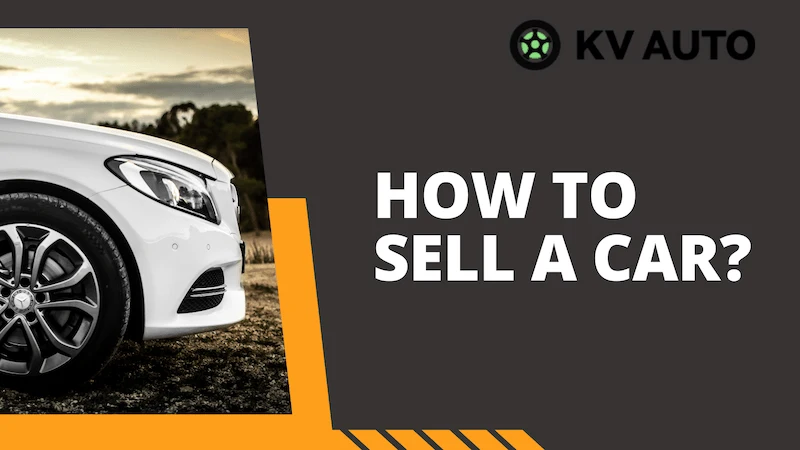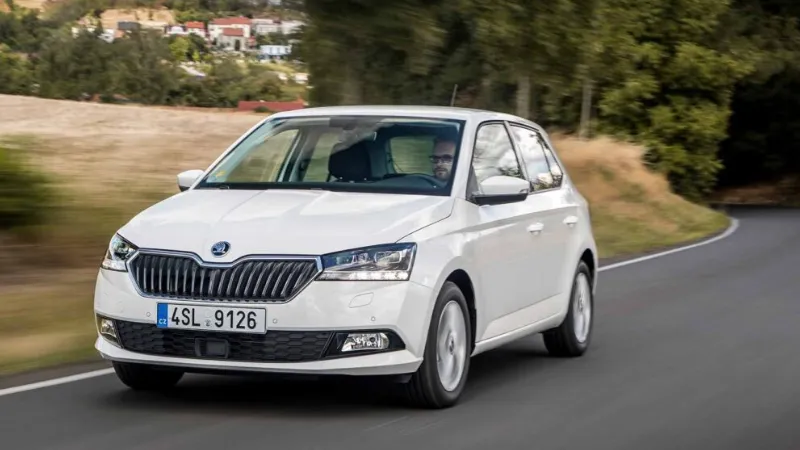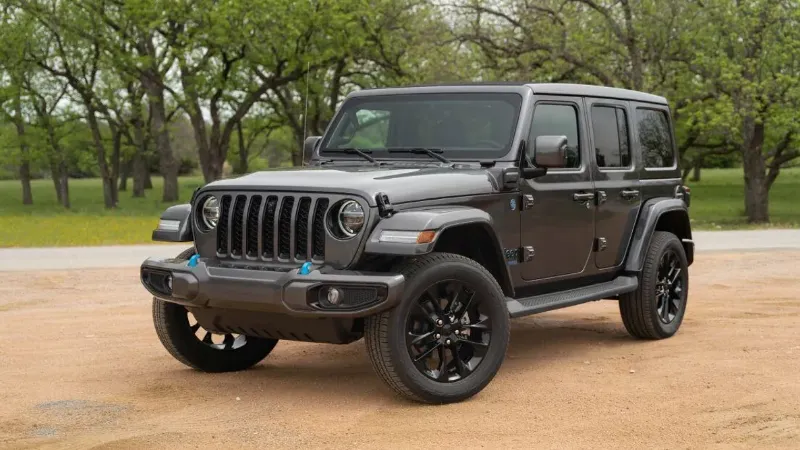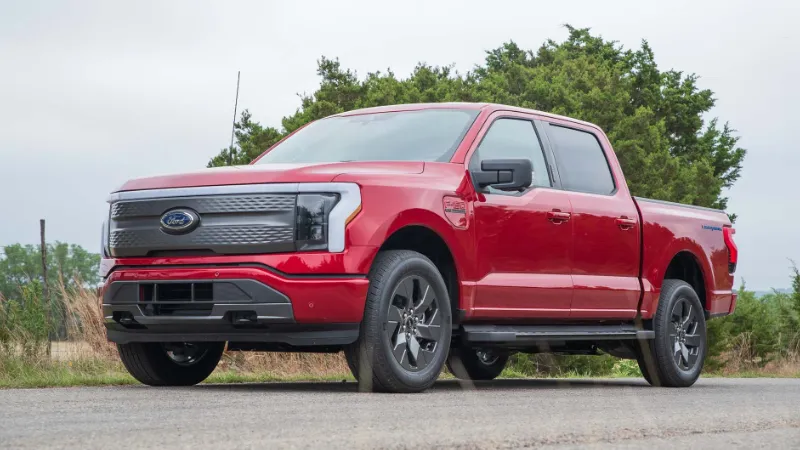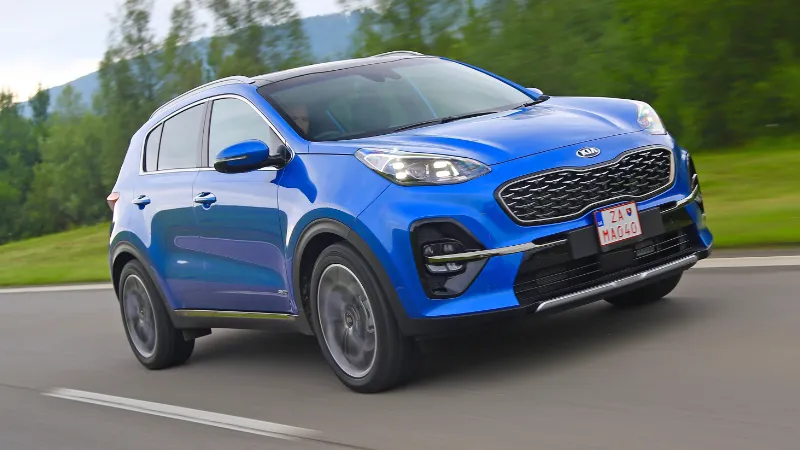When you’re selling a car, there are many things you can do to make sure you get as much money from the sale as possible. To pay off your old loan and put a significant amount down on a new car, you can benefit from negotiating the best possible price. So, how to sell a car?
You need to decide how to sell, collect paperwork and set an asking price, advertise your used car, safely show your car, prepare for a test drive, prepare for a pre-purchase inspection, negotiate a price, and finalize the deal.
Read on to find more detailed information.
How to Sell a Car?
Here are the details:
Decide How to Sell
A car can be sold in a number of ways. Each has advantages, disadvantages, and the ability to make you the most money.
Dealer Trade-In
The easiest way to sell your car is simply to offer it as a trade-in to the dealership you’re buying your new car from. However, you might be able to avoid paying some sales tax. It won’t get you top dollar from your trade.
However, you must exercise caution when trading in a car. Many salespeople will attempt to combine the cost of your new vehicle, the value of your trade-in vehicle, and the cost of your financing into one perplexing collection of figures in order to easily overcharge you. Instead, you should approach each element as a separate transaction and bargain over every detail.
For a variety of reasons, dealers typically won’t give you the best price. They will first handle all the paperwork related to the trade-in sale and title transfer, saving you a great deal of time and hassle. Second, it will cost them money to refurbish the car and market it for resale.
However, you can save some money by exchanging your car at a dealership. In many states, you are only required to pay the difference between the cost of your new car and its trade-in value rather than the full cost of the car. Sales tax savings can be substantial if you have a high-value trade-in.
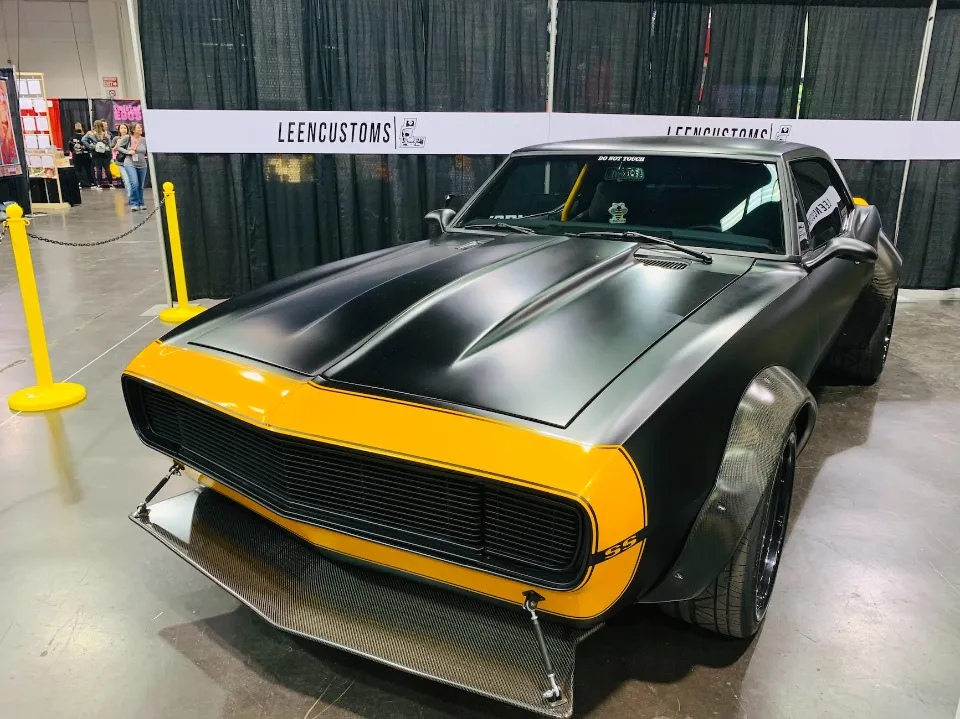
Instant Cash Offer
There is a new method for selling your car that gets you a good price while removing most of the hassle. A dealership, over the phone, or online are all options for an instant cash offer (ICO). You receive an instant purchase offer after entering your vehicle identification number (VIN) or license plate number, along with information about the mileage and condition of your car. The likelihood that the initial offer you receive will match the amount is higher the more specific and accurate you are.
Selling It Yourself
Selling your car yourself can potentially yield the highest price, though it takes, by far, the most work. Not only do you have to spend time preparing the car for sale and gathering years worth of sales paperwork, you also have to meet with buyers and complete all of the sales documents.
Although some of the steps in this guide also apply to dealer trades and instant cash offers, the majority of them are geared toward car owners who are selling their vehicles privately.
Collect Paperwork and Set An Asking Price
Locate the following items and complete these tasks before you list your car for sale:
The pink slip, also known as your car’s title, is what you need to legally sell a used car. However, wait to sign it.
Contact your lender to confirm. If you still owe money on your vehicle’s loan, call the lender to learn how to arrange the sale. You’ll need to be able to describe the procedure to potential customers.
To find out what documents are needed to transfer ownership, go to the DMV website or contact your state’s department of motor vehicles. You can download and print a number of forms, including a bill of sale. Additionally, find out if the car’s license plates are included when it is sold.
A vehicle history report can be ordered. Order a Carfax or AutoCheck report in advance to show potential buyers. Numerous potential queries, including those regarding the number of owners and accidents, are addressed by this.
You first need to estimate the value of your car so you can set an attractive “asking price” for your used car. Look up your car’s value on Edmunds or Kelley Blue Book and check the price of similar cars in local ads. Price your item reasonably, just a little bit above what it is currently worth on the market. Therefore, you might set the price at $4,750 if the pricing guide indicates that your car is worth $4,200. You still have some wiggle room here.
Be careful not to exceed the nearest $1,000 when buying a car that costs less than around $10,000. Therefore, listing a car at $5,100 for a $4,200 value would be wrong. Many people will set search engine limits at, say, $5,000, so they’ll never see your ad. A psychological difference between $4,900 and $5,100 may also deter some buyers.
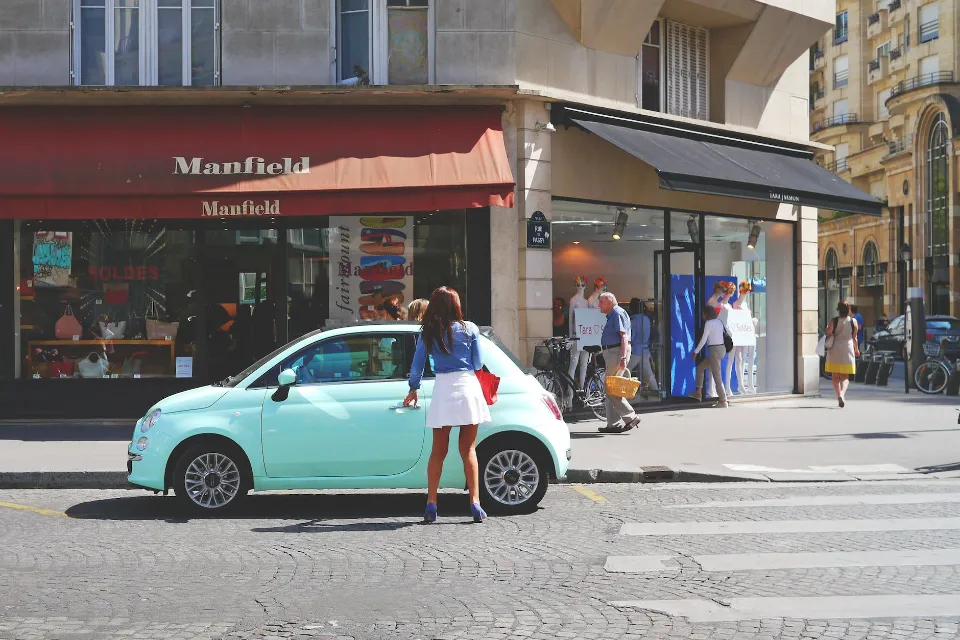
Advertise Your Used Car
The next step involves letting prospective buyers know your vehicle is available to buy. In order to compare prices and secure the best deal when selling to a dealership, this entails getting in touch with several dealers. Basic details about your car, such as its mileage and general condition, will be required of you. Expect to visit their used car lots so that their sales representatives can inspect your vehicle.
If you’re selling your car to a private party, you’ll need to place an ad. You can even try brand-specific forums, if there are any for your vehicle.
When describing your car in a commercial, be truthful. Include as much information as you would want to see if you were a potential buyer.
Above all, use a lot of photos to back up your advertisement. From different perspectives, take pictures of the interior and exterior of the car. You’ll get the most flattering lighting in the hour or so just after sunrise or in the hour or so before sunset. Avoid taking photos at noon or around because the overhead sun light can be harsh. To prevent any background objects from drawing attention away from your car, try to take the photos in a remote area.
If you’re going to post an advertisement, you might want to use Google to create a specific email address and phone number. You can accept offers quickly and your privacy will be preserved by doing this. Don’t undervalue the influence of social media either. Use Facebook and Twitter to spread the word to your friends and family.
Safely Show Your Car
You don’t have to worry about showing your car when you trade it in at a dealership or get an instant cash offer. The appraiser at the dealership will handle the rest after you simply hand over your keys. You must put in more effort when selling your car on your own.
There are effective and unsuccessful methods for displaying your car to potential buyers. Unfortunately, not everyone who responds does so with good intent, so you must exercise caution to protect your financial and personal security. For instance, never meet at your house. Instead, you should meet potential customers in places that are reasonably busy and, ideally, have lots of video surveillance, like a parking lot at a mall. The final buyer will undoubtedly see your home address in the sales paperwork, but you are not required to give it to every prospective buyer.
Some police agencies have set up “safe exchange zones” where buyers and sellers can meet. For instance, the Gresham, Oregon police department is under video surveillance round-the-clock and is situated just outside the organization’s front door.
“It’s a little more assurance that things are going to happen the way that they want it to happen,” says Gresham Police Sgt. John Rasmussen, adding “people with ill intentions are going to want to steer away from it.”
Buyers will assess you just as carefully as they do your vehicle, right or wrong. A potential sale can suffer just as much from your evasion as it can from the black smoke coming from your car’s exhaust pipe. If they don’t ask you a question or it has nothing to do with the sale, you must be honest and refuse to provide an answer.
Offers to buy your car sight unseen, with no test drive or independent inspection, should be approached with trepidation – especially if they come from an out-of-town buyer. It’s likely coming from a con artist who will dupe you out of your car and give you a fake check.
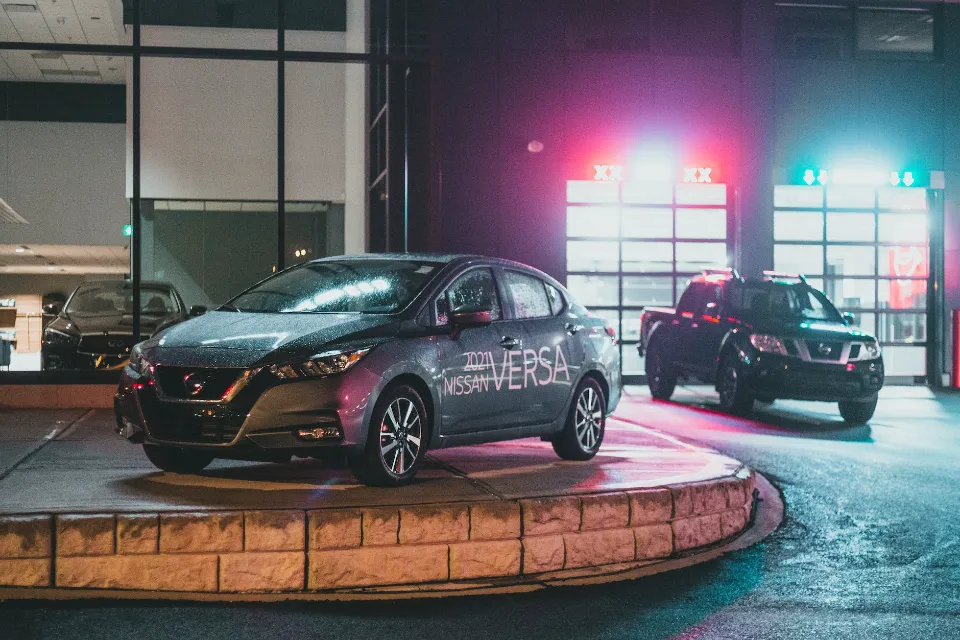
Prepare for a Test Drive
Set up a secure location for your meeting and show them your used car. This can be at a mall or a local coffee shop. Bring a friend along if at all possible. Some cities are setting up safe locations for buyers and sellers to meet.
Let them test drive the car — but go along with them since they will probably be unfamiliar with the area and need directions. On the test drive, avoid the impulse to “sell” them your used car — instead, simply respond to any of their questions.
The cost of the inspection should be covered by the buyer if they wish to have a mechanic examine the vehicle. You may need to lower your price if they return with a long list of issues. However, do not tackle every item on the list; instead, focus only on issues that require immediate attention.
Prepare for a Pre-Purchase Inspection
Never buy a used car without having a comprehensive pre-purchase inspection performed by an independent mechanic, and be ready to comply with this request. You can choose to drive with them to the shop, schedule a time to meet a mobile mechanic there, or you can take the car to the mechanic of their choosing.
If an issue or two comes up with the inspection, it’s not the end of the world. The buyer might ask you to lower your price, but the choice is ultimately yours. If you are aware of a problem, you may be required to fix it so the car can be sold in some states. A prospective buyer or their mechanic shouldn’t make you feel pressured to make any repairs or use their shop for those repairs.
The mechanic’s report should be obtained if at all possible. You’ll have the paper to show your own mechanic if the current deal falls through and discuss whether repairs are necessary. You can present the report to other prospective buyers if it is unblemished.
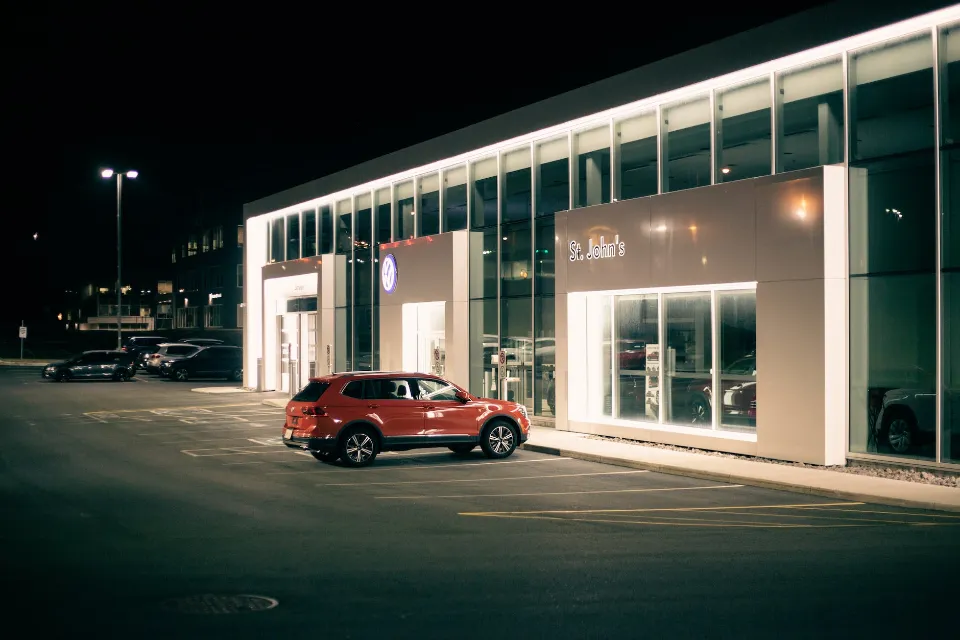
Negotiate a Price
Like it does on television, this won’t take place. Don’t rush the process, and try to find out how much the potential buyer is willing to pay for your car. Price yourself as firmly as you can while remaining open to accepting a reasonable offer. To reach a final offer, there may be a few iterations of back and forth. You can then decide whether to sell or not based on that. Request payment in cash, cashier’s check, or a combination of the two. Verify the cashier’s check at your bank before handing over the keys.
Finalize the Deal
The last step, if you’re selling to a dealership, entails having the car inspected, getting a check from them, and completing the necessary paperwork. Most brick-and-mortar dealers require you to drive the vehicle to their facility; a select few will pick it up from your house or place of business. Online dealers will dispatch a representative to examine and collect the car.
You must complete this step at the office of the lender who has a lien on the vehicle if you still owe money on your car loan and intend to use the proceeds of the sale to settle the outstanding balance. In such a situation, the buyer might be required to write checks to both you and the lender for the remaining amount of the loan as well as the lender for the outstanding loan balance.
After the money has been exchanged, give a copy of the bill of sale and the title to the new owner of the car. Once you’ve sold your car, notify your state’s department of motor vehicles and terminate the policy that covers it.
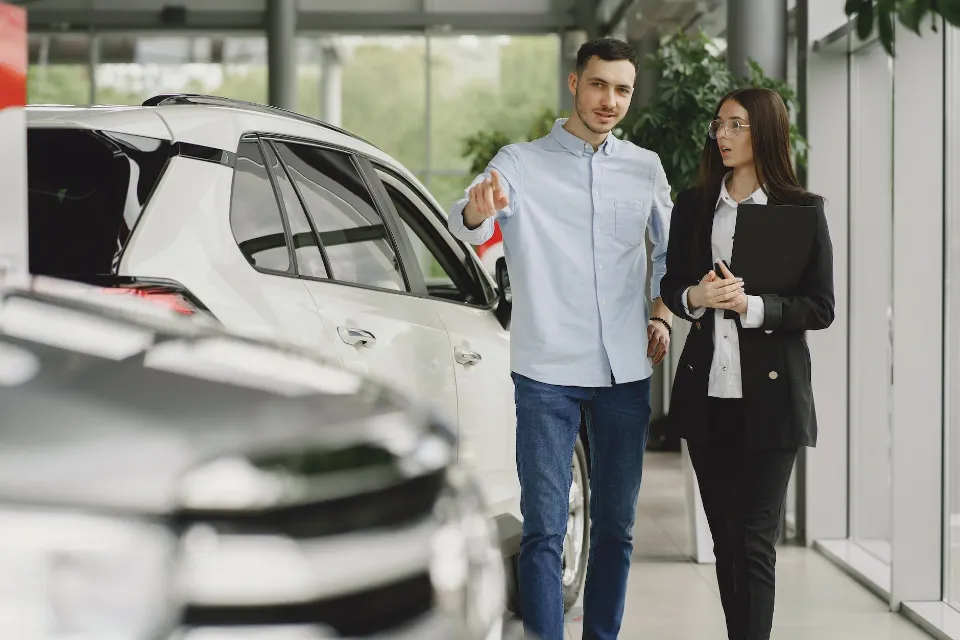
FAQs
How Much Profit Should a Dealer Make on a Used Car?
How much profit do dealers make on used cars on average? The average gross profit for a used car is $2,337, according to the National Automobile Dealers Association (NADA). The average gross profit for brand-new cars, according to the same data set, is $1,959.
What is a Fair Dealer Profit on a Used Car?
A dealer makes money when you purchase a pre-owned vehicle from him. The markup varies, although it typically ranges between 25% and 45%. If you’re thinking about purchasing a used car, your best bet is to shop around on various car-selling websites, including auction sites, to get the best deal.
Is It a Good Idea to Buy a Used Car from a Dealer?
Buying a used car from a dealer means you can get a wider selection of vehicles to fit any budget, better financing options and all-around peace of mind. It can also be significantly riskier to buy a used car from a private seller than from a pre-owned dealership.
How Do You Deal With Selling a Car?
Fill out a release-of-liability form, including current mileage, and file it with the DMV. Provide maintenance records (if available) to the new owner. Receive payment in cash, by cashier’s check or, if selling remotely, through an escrow service.
Summary: How to Sell a Car?
In the past, part-exchanging your car at a dealership was the traditional procedure if you wanted to upgrade from your old model to a newer one.
You can choose between selling it to a private party buyer or simply trading it in at a car dealership. Though it requires more planning and persistence than trading it in, selling it yourself has the potential to net you the most money.
You cannot, however, be certain that you are receiving the best deal. Your old car will likely need to go to an auction, according to the dealer. And, of course, they’ll want to make a profit. So they may not offer anything like your car’s true value.

